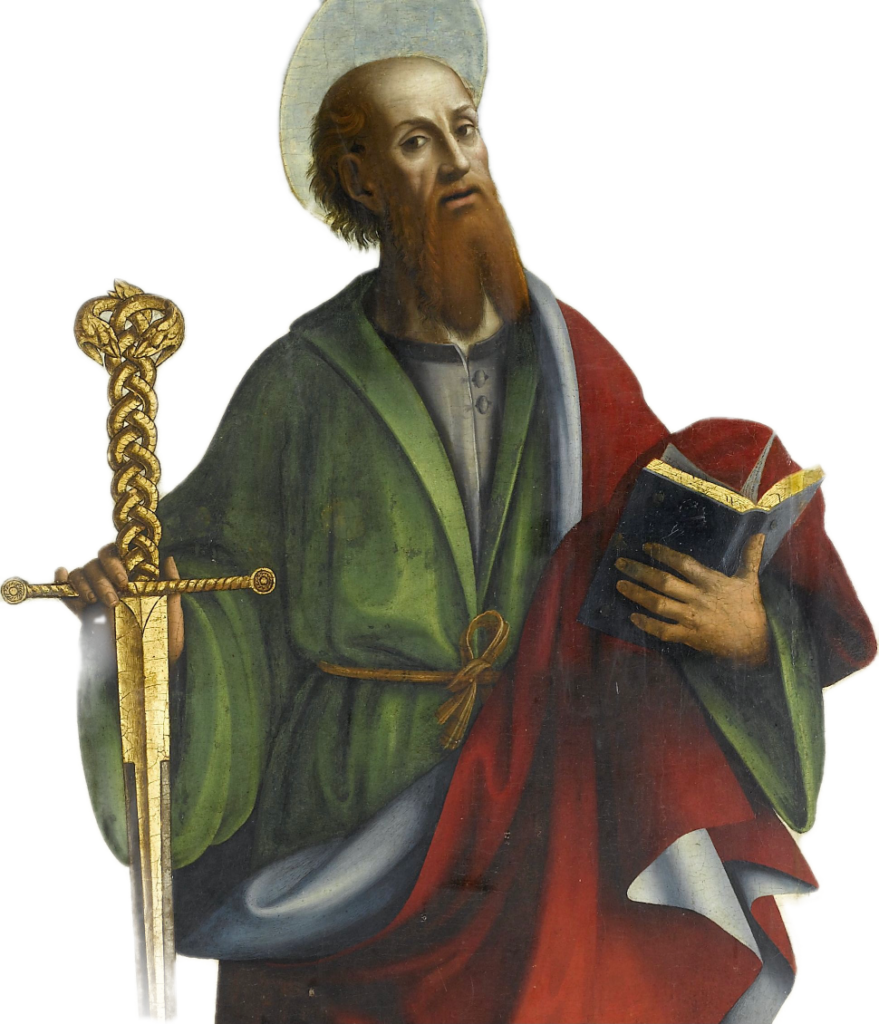St Sebastian
Every year on January 20th, the Roman Catholic Church commemorates the life and death of Saint Sebastian, an early Christian martyr (256-288 AD). Sebastian’s fundamental symbology – the tree, the rope and the arrows – has remained almost entirely unchanged. However, its significance has transformed again and again. From a protector against pestilence, to an anatomical model, to an object of desire, Saint Sebastian has found new meanings in every era. Always, it comes back to the body. After all, an arrow wound will ache in any century.

Saint Sebastian, Meester E.S. (circle of), c. 1460, oil on pane SK-A-3311
According to tradition, Sebastian was a successful soldier in the army of Carinus the Great of Rome. He was recruited into the Praetorian Guards, the personal security detail of the Roman emperor. Sebastian served the pagan emperors Diocletian and Maximian, all the while carefully concealing his Christian faith.
Unfortunately, Diocletian discovered Sebastian’s Christianity in 286 AD. Feeling betrayed, he ordered for his former protector to be tied to a tree and pierced by arrows. Despite this being the moment in which he is most commonly portrayed, Sebastian was not martyred by arrows. Instead, he was rescued by Saint Irene. Sebastian then returned to Diocletian and berated him for his sinful actions. For this, Diocletian had Sebastian clubbed to death.

St Sebastian Nursed by Irene and her Helpers, Jacques Blanchard, 1630 – 1638, oil on canvas SK-A-4091
After Sebastian had been left for dead, he was untied from the tree and nursed back to health by Saint Irene and her helpers. This part of his life received little attention in art and literature until the Middle Ages, when the piercing of an arrow began to symbolise the bubonic plague. Mediaeval Italians regarded Sebastian as a patron saint in the fight against pestilence. Art from this time tended to depict Sebastian as slightly older than he appeared in other periods, as his maturity was comforting to those who prayed to him for protection. Sebastian’s recovery from his ‘first martyrdom’ represented salvation from the ‘arrows’ of death and disease. In the aftermath of the Black Death, Sebastian was one of the saints most frequently depicted by late Gothic and Renaissance artists.

St Sebastian, Juan Carreño de Miranda (attributed to), 1655 – 1665, oil on canvas SK-A-1425
By the late Renaissance, the secularisation of Saint Sebastian was truly underway. Amidst an increased interest in anatomical study, artists demonstrated their technical prowess through realistic, close-up depictions of the human form. Sebastian’s barely-there attire made him a perfect candidate for such displays. Sebastian also became significantly younger in the art of the Renaissance, as painters looked back to the beauty standards of Ancient Greece. Paintings of the saint from this time are often characterised by soft faces, solid muscles and peaceful eyes. With this increased focus on the flesh, the works became more sensual. The transcendence of religion was being replaced with the tangibility of the body.
Saint Sebastian, anonymous, c. 1525, walnut with polychromy and gilding BK-1971-50

Since the 19th century, the image of Saint Sebastian has enjoyed popularity as a symbol of homosexual desire. It is not difficult to understand the appeal of his minimal dress and lithe figure as was depicted from the Renaissance onwards. Through a queer lens, his arrows become arrows of desire, and represent instruments of sadomasochistic torture or penetrating male genitalia.
Sebastian caught the attention of Irish poet and playwright Oscar Wilde, who adopted the pen name ‘Sebastian Melmoth’ towards the end of his life. About half a century later, the Japanese writer Yukio Mishima would include Sebastian in his breakthrough novel ‘Confessions of a Mask’ as the catalyst for the young protagonist’s gay awakening. Described as a moment of ‘pagan joy’, the scene reveals the stunning reach of this Christian martyr’s influence.


